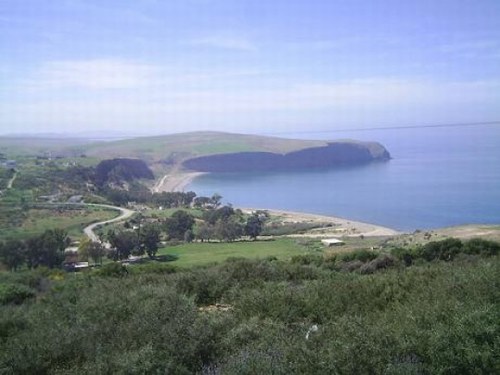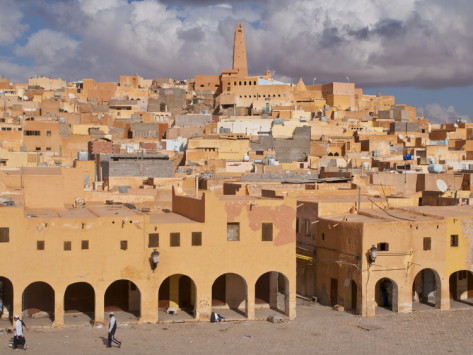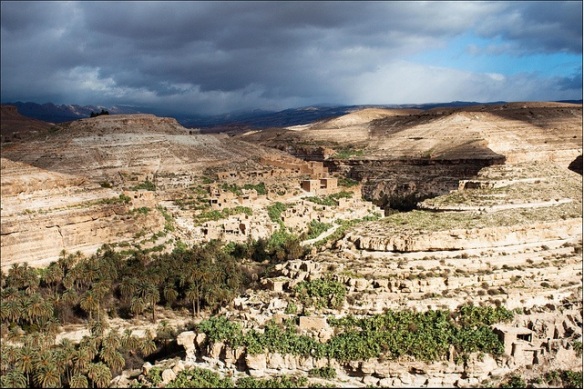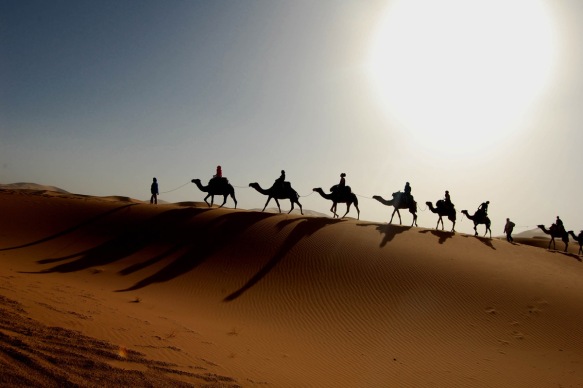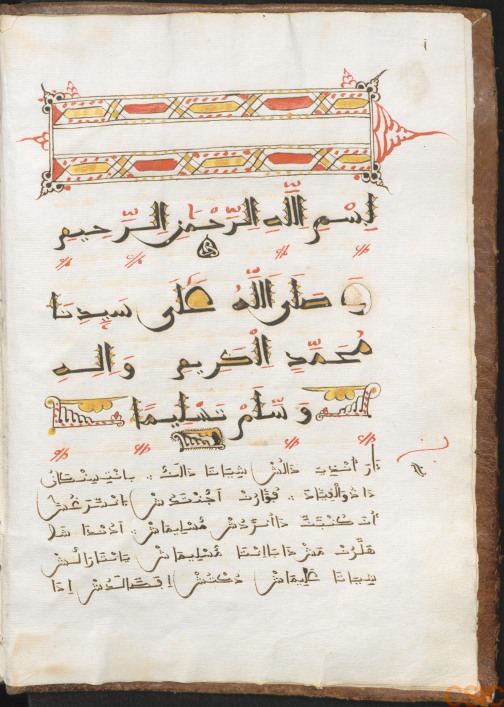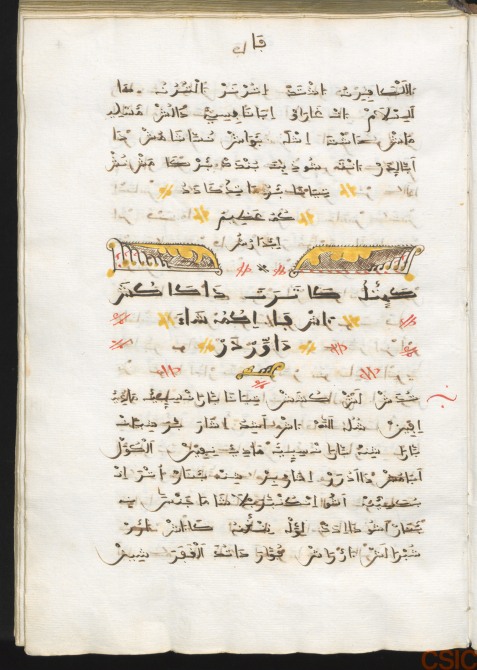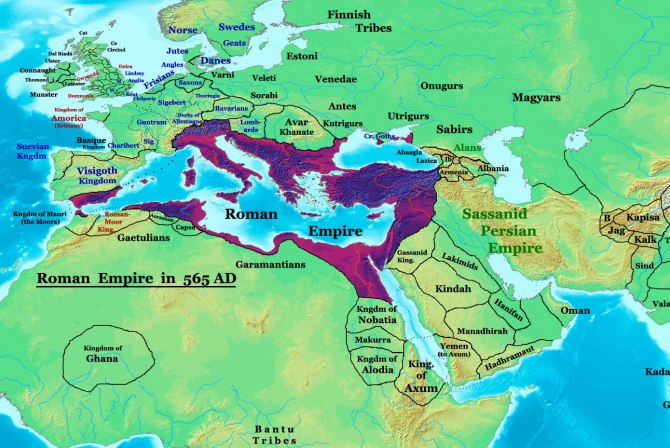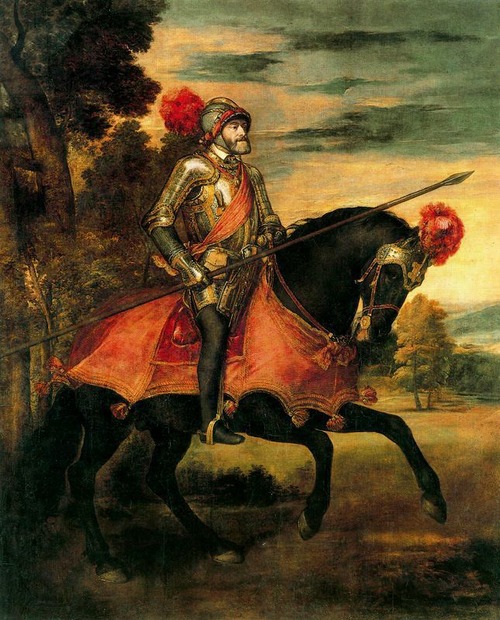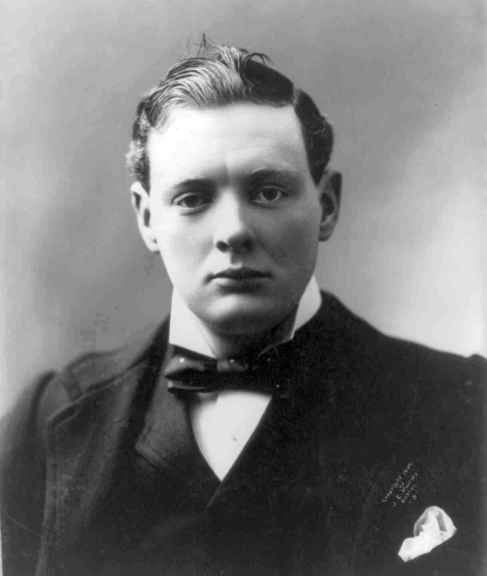The following is an excerpt taken from Being Arab by Samir Kassir and was translated from the Arabic by Will Hobson (Verso 2006). Samir Kassir, one of Lebanon’s best-known journalists and historians, was assassinated by a car bomb in Beirut in June 2005. Among his books are A History of Beirut and Lebanon: An Unfinished Spring. One of the most prominent voices on the Arab Left, Kassir was an energetic campaigner for the Palestinian cause and vocal critic of Syria’s occupation of Lebanon. His thoughts and ideas were immensely powerful and have special relevance for the situation of the Arab world in the current period of turmoil:
“Some people are driven to despair by the Arab malaise. They believe that the Arabs are so profoundly trapped that they will never be able to break free and, in so believing, they only make the deadlock worse. This is the extreme variant of modernism, propounded by liberals, disappointed nationalists and former activists of the left alike. Decline, according to this way of thinking, is so widespread that it damns the very notion of a renaissance: the nahda† did not just end in failure, but it was also by its very nature a historical anomaly, an impossibility right from the outset. Worse still, all attempts to free the Arabs from their predicament, particularly nationalism, are considered to have only made the problem worse. Some of these disappointed souls go so far as to internalize the culturalist distinctions that legitimize imperial domination. Their most affirmative thesis, echoing the American neoconservatives, is that change and democracy can only come from such domination, not realizing that all this will achieve is to aggravate frustrations, exacerbate victimhood and the culture of death, and thereby perpetuate the Arab malaise. For, if they are to overcome their malaise, the Arabs have no choice but to do it themselves.
Then there are those people for whom things are never better than when everything’s wrong. Obviously these are the Islamist jihadists who, as good messianists, see the Arab malaise just as a bad moment to be got through – well, not as bad as all that actually, since it can be a way to gain paradise and the forty houris while waiting for that strange revolution which, unlike its Marxist original, is not seen as a leap into the future, but as a return to an original purity lost in the mists of time.
As a system of thought, jihadist Islamism is far from being the dominant ideology it is often portrayed as in the Western media. Yet it is powerful, no doubt because it is the only ideology that seems to offer relief from the victim status the Arabs delight in claiming (a status that in fact Islamism, jihadist or otherwise, is only too happy to confirm). Arab victimhood goes beyond the ‘Why do they hate us?’ question, which Arabs would be as entitled to ask as the Americans were on the morning of September 11. Inflamed by the West’s attitude to the Palestinian question, it has incorporated other elements, notably the feeling of powerlessness and also a certain crime-novel vision of history.
The cult of the victim claims that Arabs are the West’s primary target, totally disregarding the other peoples of the world, and world history in general. No mention is made of Africa and its systematic pillaging; of the Americas and the genocide of the pre-Columbian populations, perpetuated in the continued marginalization of their cultures, of Indochina and its decimated generations…
Of course I am not denying what we have presupposed, that the Arabs have nothing that might compensate them for their misfortune, and that the Arab world is the only region on earth where the West has continually acted as if it were the master – and still does today, either directly or through Israel. But this doesn’t change the fact that recognizing the threat to the Arab world is not the same as condoning Arab victimhood. None of the major figures of the renaissance showed any signs of indulging such a cult, nor the ideologues or practitioners of nationalism. Victims par excellence, the Palestinians avoided it in the past, and continue in a very large degree to do so, even if their situation fosters a propensity among those who helplessly look on to claim such a status.
Victimhood is the price of the defeat of the universal, rather than a product of the status quo, and its cult, served by the Arab media, in particular the much-lionized Al-Jazeera, has only been able to grow because the ideology of the moment preaches a refusal of the universal. Ideology is in fact a very grand word for the current amalgam of the fossilized remains of Arab nationalism, which, because of their age, have cut themselves off from their original, universalist sources of inspiration, and an ‘Islamic nationalism’ that explicitly sets out to differentiate itself from the universal, if not supplant it. Such a nationalist mishmash is not new. It was around at the end of the nineteenth century, propounded notably by Afghani. The only difference is that Afghani was a reformer of Islam, with a perfect knowledge of, and uninhibited dealings with, Western thought. The same cannot be said of his present-day successors, who abhor nothing so much as talk of religious reform.
Islamic nationalism isn’t just a synonym for jihadism. It is defensive in essence, whereas jihadism can in certain lights see itself as a new conquest of the world. But the distinction between the two is nonetheless a tenuous one, and there can be no doubt that Islamic nationalism prepares the ground for jihadism. For while it may not deny the Arab malaise, as jihadism does, it nonetheless predisposes those who complain of the malaise to wallow in it, so much so that they will only replace it with something similar: the culture of death which the union of fossilized Arab nationalism and political Islam calls resistance.
There is undoubtedly an inherent explanation of the culture of death – not that it is an invariant of Islam or an essence of Arabness, but rather that, as a spectacle of endless bloodshed, it instils a self-perpetuating logic of blood for blood. If there can be no victory, then at least there can be the consolation of bloodletting – others’ blood, obviously, but ours as well. This logic may not be an invariant of Islam, but the fact remains that a religious vision of the world is at work here, even a religious vision in the sense of a system of cruelty, as Nietzsche put it. It goes without saying that this has nothing to do with the idea of sacrifice. Sacrifice has been at the root of all human conflict since the dawn of history, for the Arabs as much as anyone else, and this is the real meaning of jihad in the martial sense (there are also peaceful forms of jihad). In the twentieth century, the Palestinian fighters called themselves fedayeen, those ready to sacrifice their lives, like the Egyptian nationalists before them who fought the British at Suez. But in the new jihadism, death has ceased to be a potential, or even probable, price to be paid. Death has become the indispensable means to a desired end, if not an actual end in itself.
This vision of martial jihad incarnated in the figure of the istishhadi, the one who seeks martyrdom (the kamikaze, in other words), has no real antecedent in Arab-Muslim culture apart from the – non-Arab – sect of the Assassins. In the modern era, one has to wait until the Iranian revolution for its return. Shia at first, it emerged on the frontline of the Iraq-Iran war, where unbroken waves of volunteers checked the advance of the Iraqi armored divisions before launching themselves against the Iraqi lines at the start of 1982. It appeared next in Lebanon in the form of individual suicide attacks against Western interests and the Israeli occupying forces. It should be noted that this extreme method may have been effective against the Americans, but traditional guerrilla tactics – ambushes, explosions and so on – were more decisive against the Israelis. Nonetheless other groups, some of them secular, adopted it as a model. Hezbollah gave it up when it became the only method of resistance, but kept the symbolism of blood and the totem of the istishhadi – a symbolism that it reinforces through the observance of Ashura. Originating in Iranian Shiism before passing to Lebanon and now Iraq, the rituals of this festival of redemptive suffering resemble certain bloody celebrations of Good Friday, in Spain for instance or the Philippines.
In principle, an insurmountable obstacle divides the Shia and the Sunni jihadists. Radical Sunni Islamism, as the doctrinal statements that have been coming out of Iraq show, holds Shia to be heretics and rafida, people who reject the true faith. Sunni Qur’anic literalism clearly also has its intellectual origins in South Asian Islam, notably the thought of Mawdudi, which, through the conduit of the Egyptian Sayyid Qutb, has permeated its takfiri, or apostatizing, strain. None of this matters, however. The martyrdom seekers first appeared in Shia circles, with the shahids recording their last testaments on video (the price of modernity). Furthermore, of the two Palestinian groups that have practised suicide bombing, one, Islamic Jihad, is reputed to be close to Iran, while the other, Hamas, although an offshoot of the Muslim Brotherhood, is on very good terms with Lebanese Hezbollah.
The proliferation of the culture of death and the evening-out of differences between Shias and Sunnis cannot be explained solely by the Islamization of the fight against Israel. Over and above actual events, the media, especially Al-Jazeera, have played a key role in this process, peddling a lowest-common-denominator mix of Arab nationalism and Islamic nationalism. It was doing this before September 11, defending means, justifying ends, claiming Arab victimhood. The Arab public has been systematically primed to accept the thesis of a ‘clash of civilizations’. Nonetheless, we must be able to continue rebutting Huntingdon and remembering Lévi-Strauss. If we could address the protagonists of the ‘war against terror’ or the ‘jihad against the crusaders’ in academic terms, that ought surely to be the watchword of a new universalism.
Nothing is harder than rebutting Huntington at a time when people are doing their utmost to cultivate difference. On the one hand, politicians and commentators constantly invoke an Eastern essentialism, even if, after long tirades opposing ‘us’ and ‘them’, they see fit to stress that Arabs and Muslims should not all be lumped in with the terrorists. On the other, there is a tendency to qualify, or even justify, the horrors of New York in terms of the evils of American politics, even if people are careful to preface their remarks with the disclaimer that the murder of innocent people goes against every precept of Islam.
We must not forget Lévi-Strauss: ‘civilization’, as he says, is not a category and hence cannot contain ‘natural’ hierarchies; and humanity is one, since it rests on a common anthropological foundation. In other words, it is as meaningless to talk of an ‘attack on civilization’ as it is to classify people according to their adherence to a faith, Muslim or otherwise. I should perhaps point out that supremacy isn’t exclusively white. Some people in Muslim societies may be drawn to radical Islam for defensive reasons, because they feel under threat, but the rhetoric used by the warlords of radical Islamism is intentionally offensive. They justify their triumphalist proselytizing by defining the ‘decadent’ civilization of the Other as inferior.
So it is not just the West that needs to re-examine its stance. The Arab world in particular needs to make a profound effort to eradicate the ambiguities that encourage a logic of cultural confrontation. This means first putting victimhood into perspective. We must replace Arabs’ customary assumption of victim status not by cultivating a logic of power or a spirit of revenge, but by recognizing the fact that, despite bringing defeats, the twentieth century has also brought benefits that can enable Arabs to participate in progress. Equally, we must reject the moral pragmatism lurking in the cult of the victim. If we cannot accept the powerful saying that the ends justify the means, then we can’t let the victims do so either. We must not confuse terrorism with resistance, as the West confuses resistance with terrorism.
But, apart from the effects and means of confrontation, if the Arab world is to reject a clash of civilizations, then we must also give up a negative Arabocentrism (or Islamocentrism) which sees world history purely as a threat to us, and as a ‘cultural’, rather than political or military, threat. By the same token, we must renounce essentialist justifications of the sort that explain the silence surrounding the long affair of the Western hostages in Lebanon in the 1980s, or the indulgent attitudes towards the fatwa against Salman Rushdie. We must accept that democratic values are now part of humanity’s shared heritage.
Such a re-examination could take place. The problem is that the elites that might push for it are caught between non-democratic regimes (frequently supported by the West, despite the ‘democratic crusade’ in the Middle East), on the one hand, and radical Islamism on the other. It goes without saying that the task would be easier if it was accompanied by another renaissance that had as many forms as it did inspirations, a renaissance that is still perfectly possible.”




